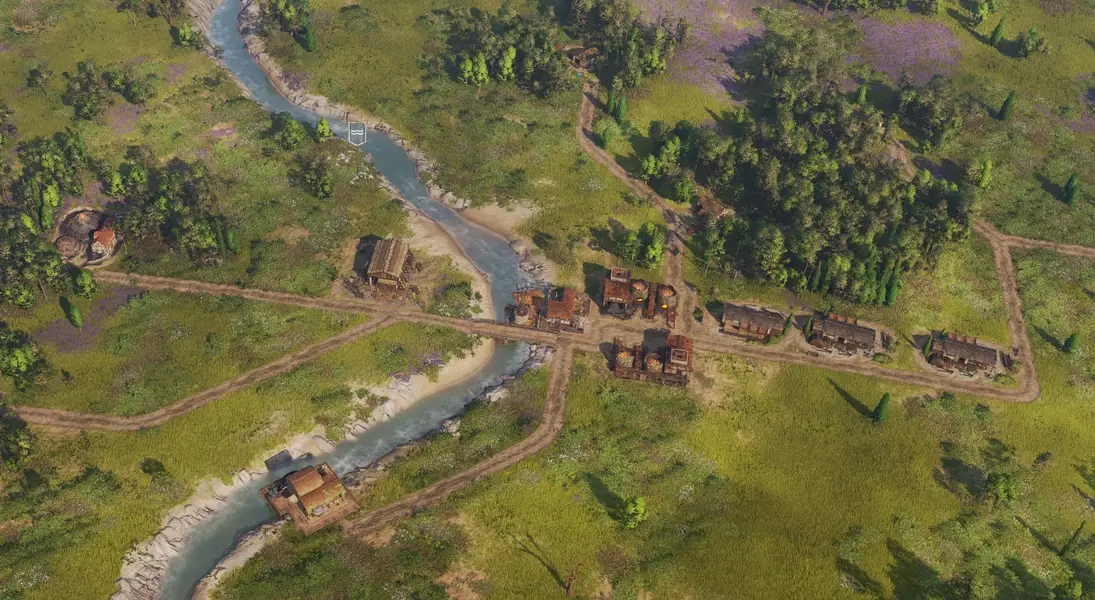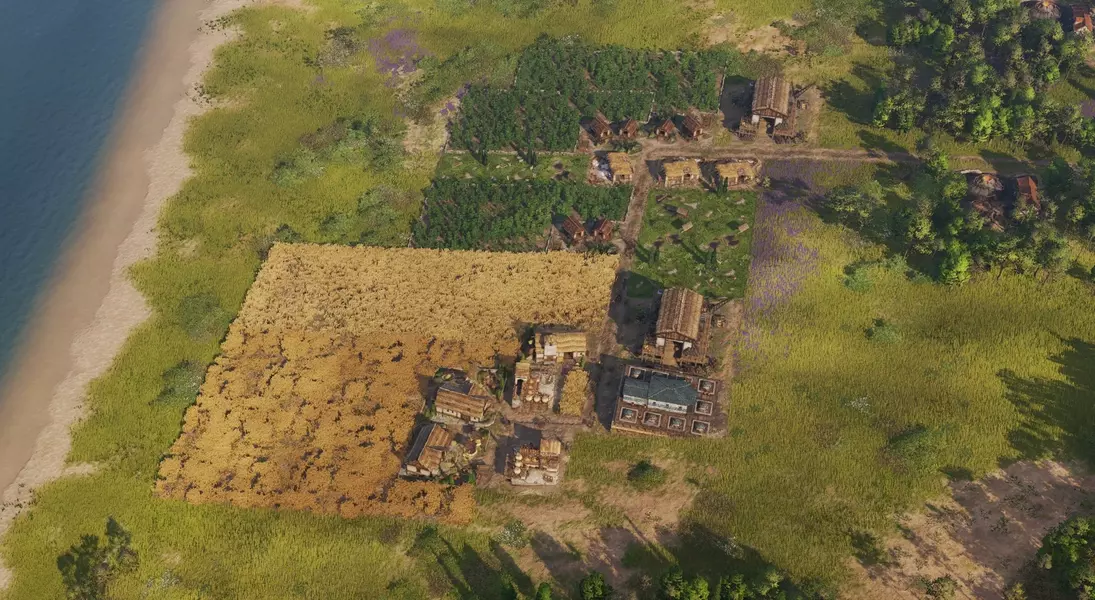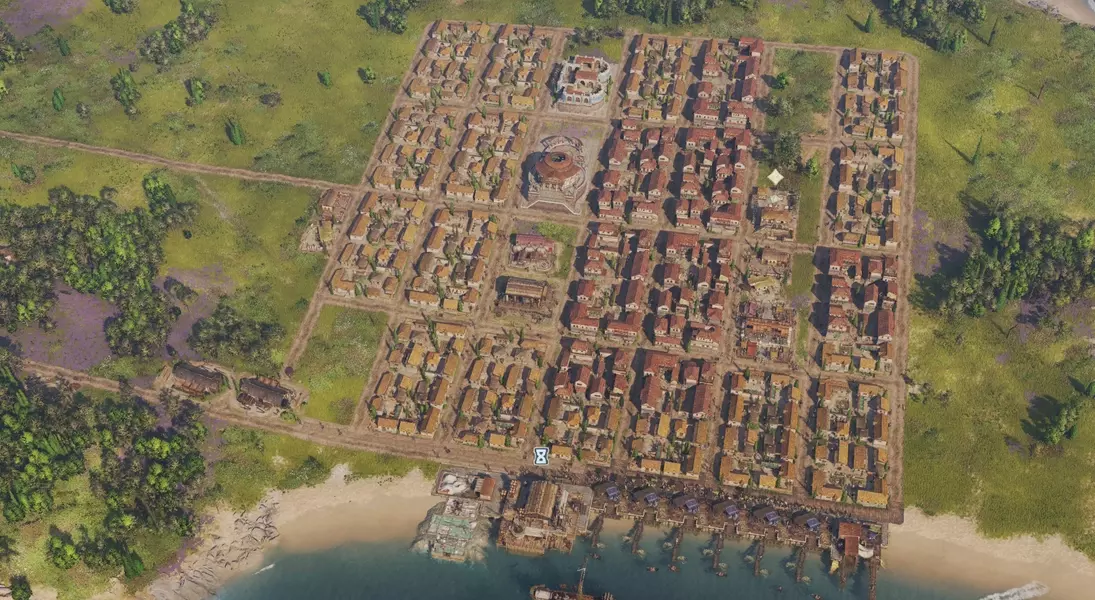





Establishing a well-organized and efficient city layout is paramount for success in Anno 117: Pax Romana. This comprehensive guide outlines optimal strategies for new players to construct a thriving settlement from the ground up, ensuring citizen satisfaction, resource efficiency, and smooth expansion. By carefully planning the placement of essential buildings, including production facilities, residential zones, and service structures, players can lay a robust foundation for long-term growth and prosperity, moving beyond the initial challenges of early game development.
Achieving a balanced approach between population growth, resource generation, and service provision is crucial for sustainable progress. The initial stages of city building in Anno 117 require strategic decision-making to prevent common pitfalls such as resource shortages or inefficient use of space. This guide emphasizes the importance of a phased development approach, gradually introducing new production lines and expanding residential areas while maintaining a consistent supply of necessary goods and services. Mastering these foundational concepts will enable players to smoothly transition through the early game and prepare for the complexities of higher-tier city development.
Foundation of a Prosperous Settlement
In Anno 117: Pax Romana, new players often face the challenge of designing an early city that effectively caters to its inhabitants' needs, leverages strategic bonuses, and facilitates future expansion. This section provides a step-by-step approach to setting up your initial urban and industrial zones. It details the precise placement of woodcutters, sawmills, and residential areas to ensure an optimal start. The strategy focuses on creating efficient resource chains and a manageable residential infrastructure that can gracefully scale with your burgeoning empire, avoiding common early-game bottlenecks.
The initial phase of city construction begins with placing three woodcutters in a forest, ensuring they are adequately distant from your trading post to allow for urban development. A direct road connecting these woodcutters to two sawmills, positioned close to the logging sites, maximizes timber production efficiency. For housing, utilizing 2x4 residential blocks in a square formation is recommended, with every house connected to a road. A fishing hut on the shoreline will boost population and income. A market, strategically placed within range of all residential buildings, will further enhance citizen satisfaction. This foundational layout ensures a steady supply of basic goods and services, preparing your city for further expansion and specialized production.
Expanding Production and Services
As your city evolves in Anno 117: Pax Romana, the next critical step involves establishing robust agricultural and industrial production lines. This section guides you through the strategic integration of food and fashion industries, emphasizing the non-area-dependent placement of certain production buildings to maximize efficiency. It also addresses the importance of warehouse placement and the iterative process of balancing population growth with resource availability. The goal is to build a self-sufficient economy capable of supporting an increasing population and advancing to higher city tiers.
Expanding beyond the basic setup involves introducing the porridge production line, starting with a 16x6 oat field on the city's periphery, with porridge stands placed nearby. The fashion industry follows, beginning with hemp farms (e.g., 6x12 format) and spinners, noting that spinners have an area effect and should be integrated near the market. Adding a 3x12 sheep farm and pileus felter can provide a double fashion bonus. Strategic placement of warehouses near agricultural buildings streamlines resource transportation. A comprehensive agricultural layout for early tier 2 towns includes multiple oat and hemp farms, sheep farms, a wheat farm, and garum works. This phased expansion, alternating between residential growth and production line development, ensures a balanced workforce and continuous supply of goods, facilitating progression towards higher city tiers and more complex industrial endeavors like clay pits and grain mills.
